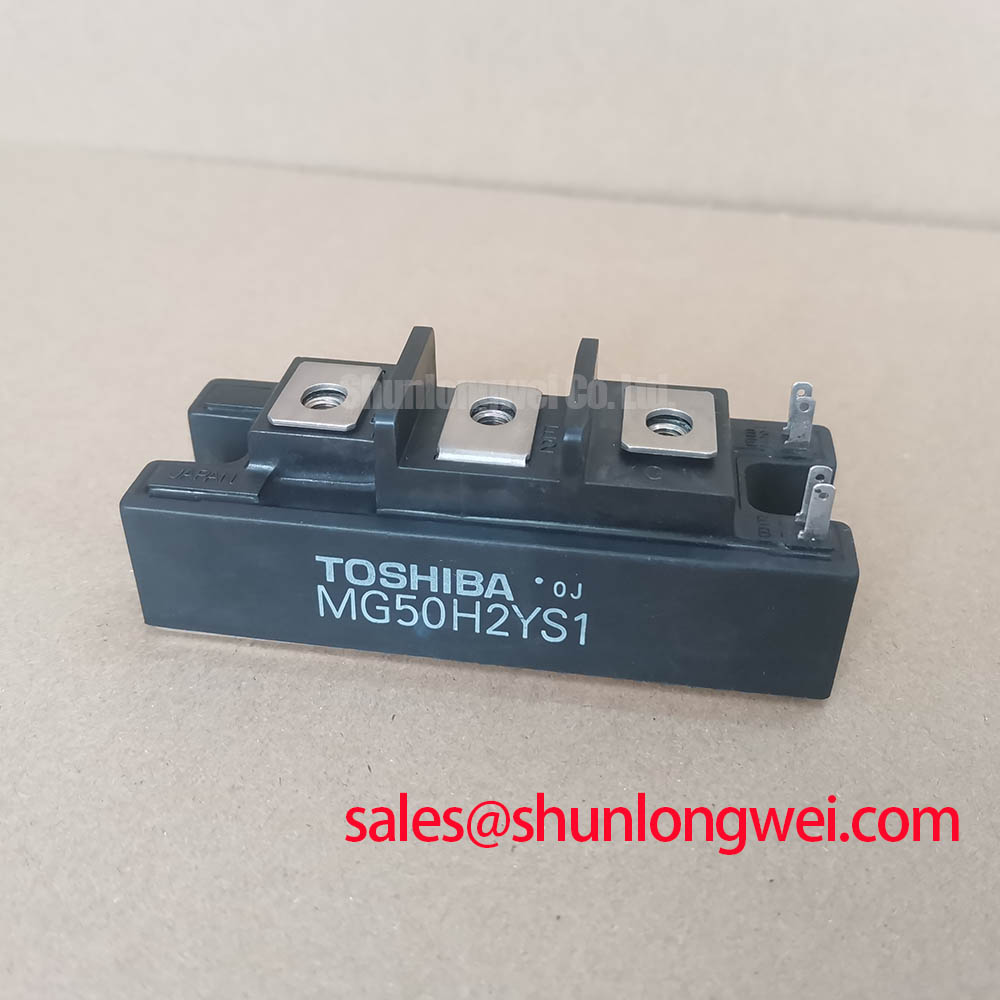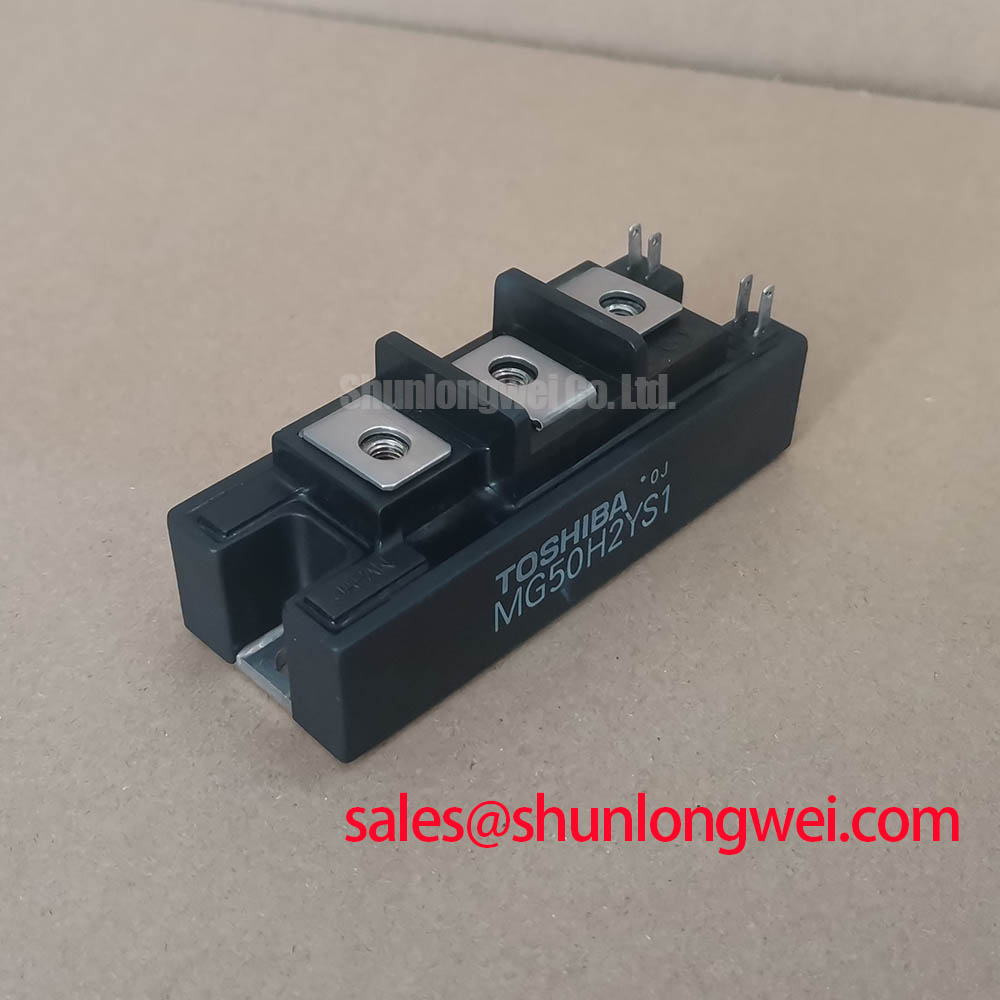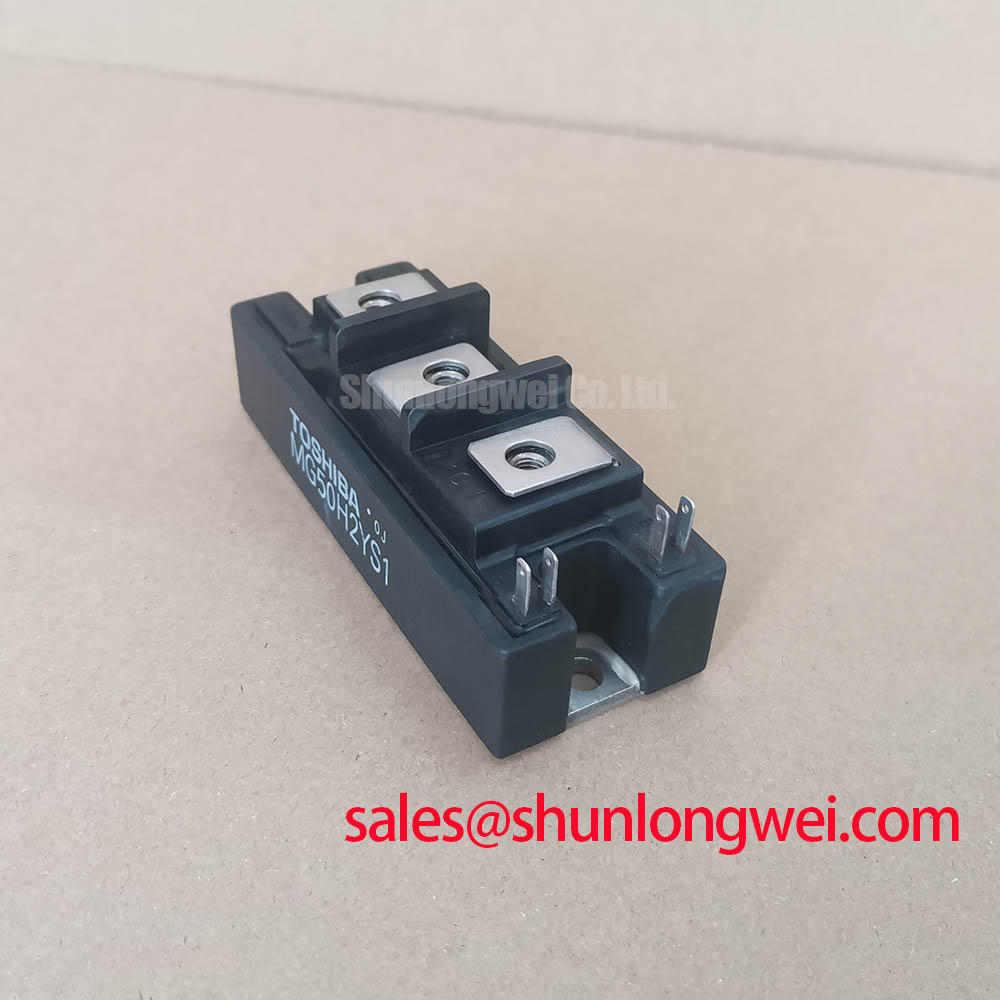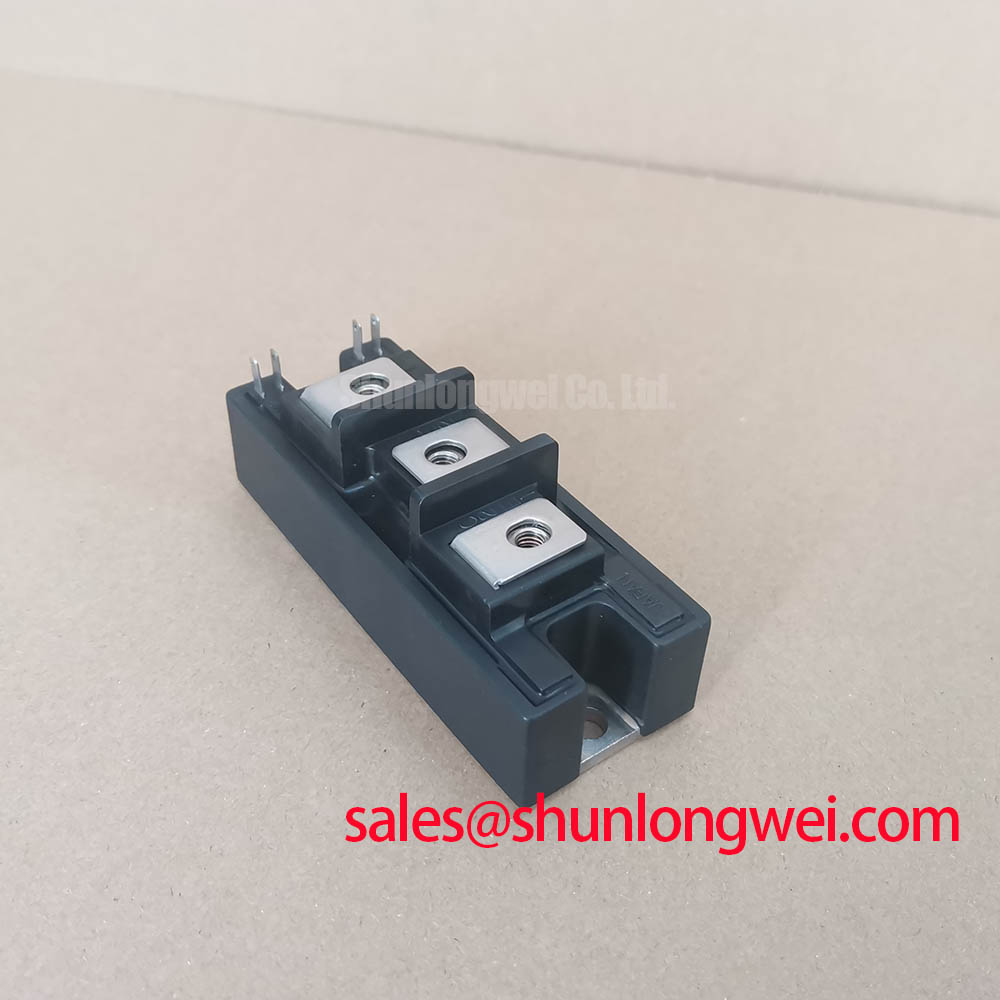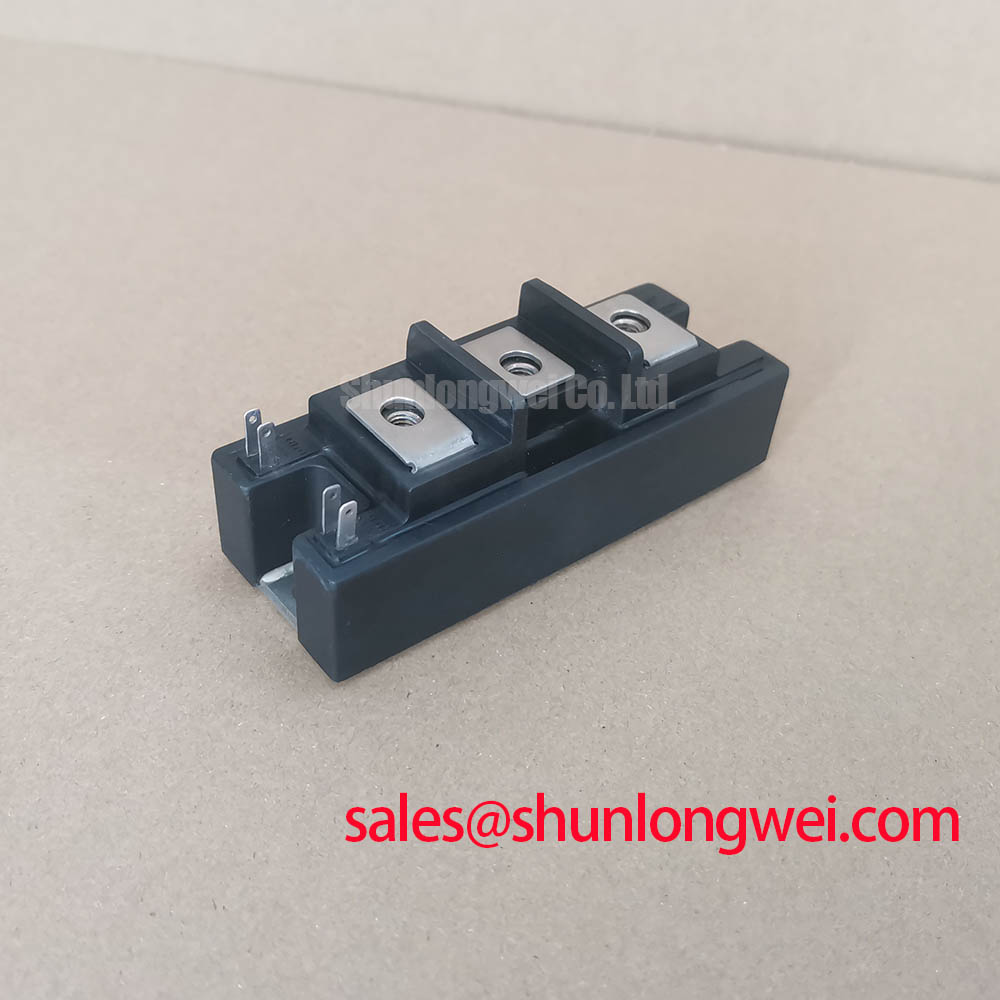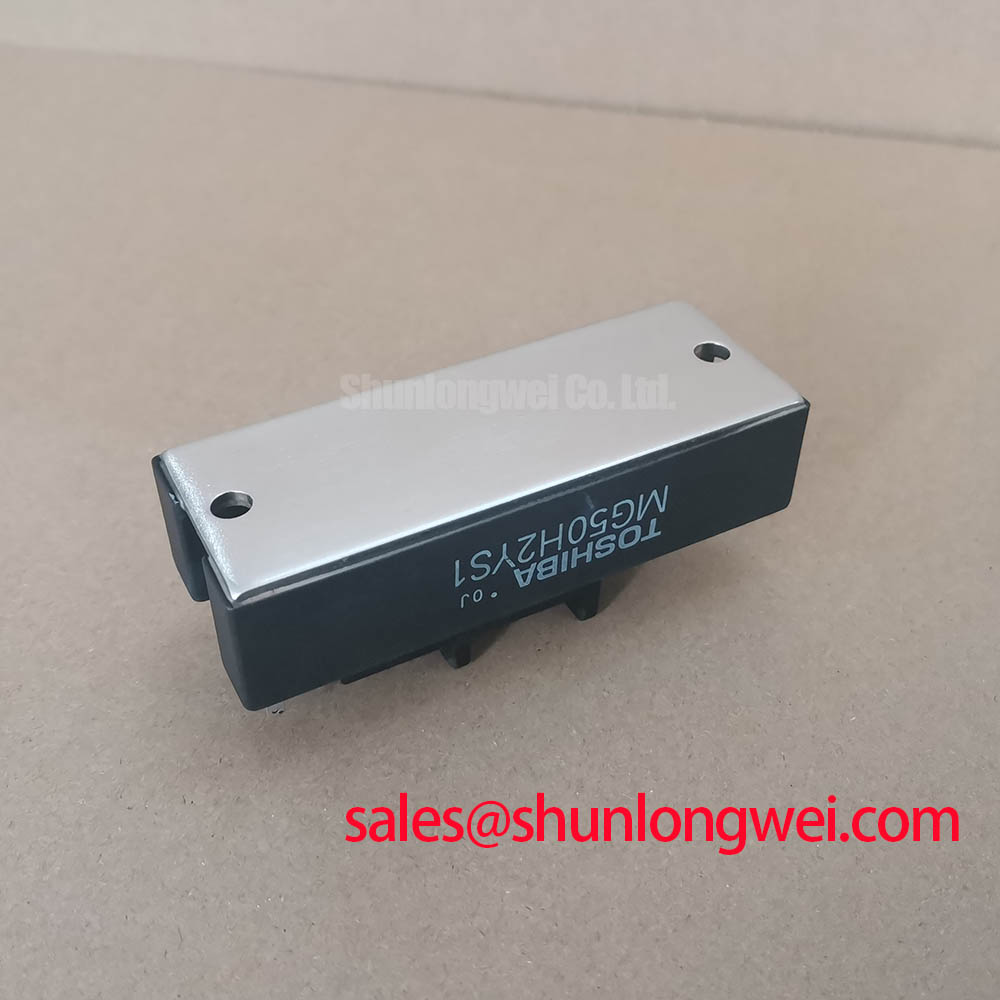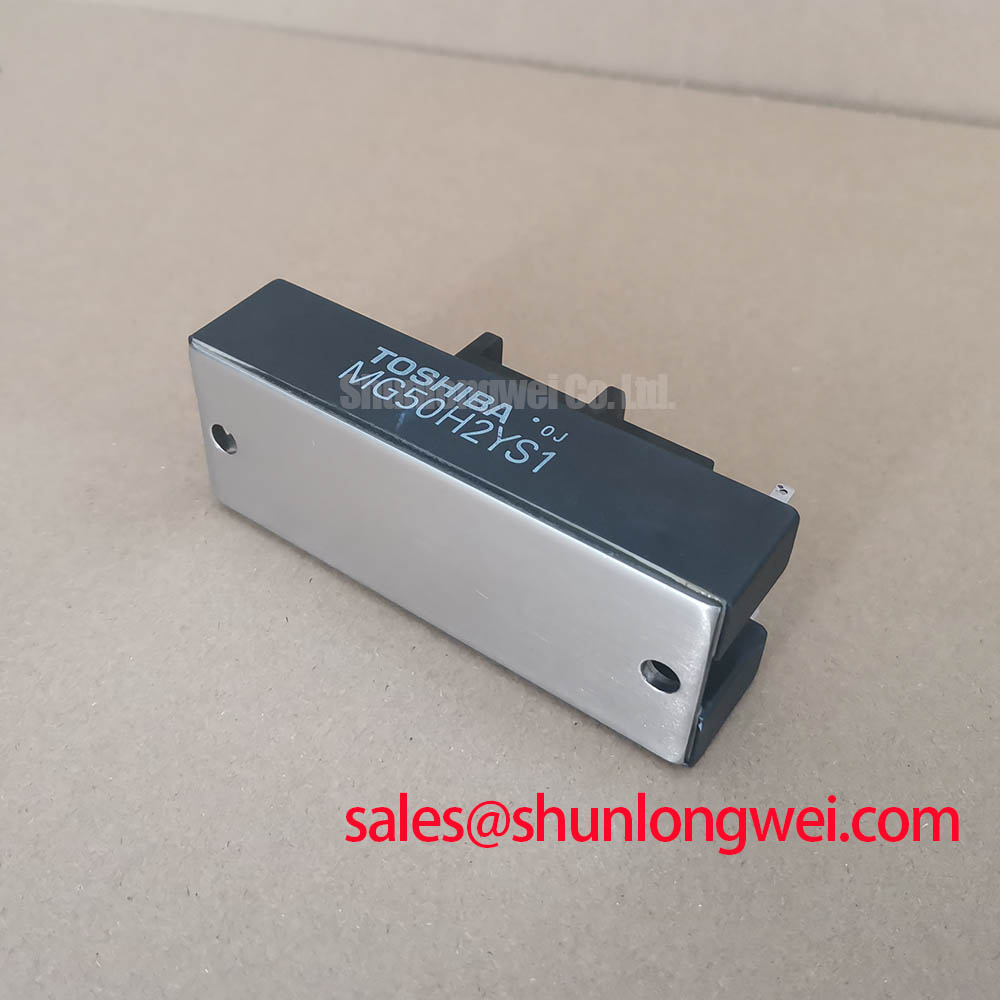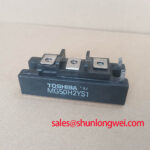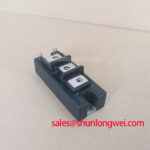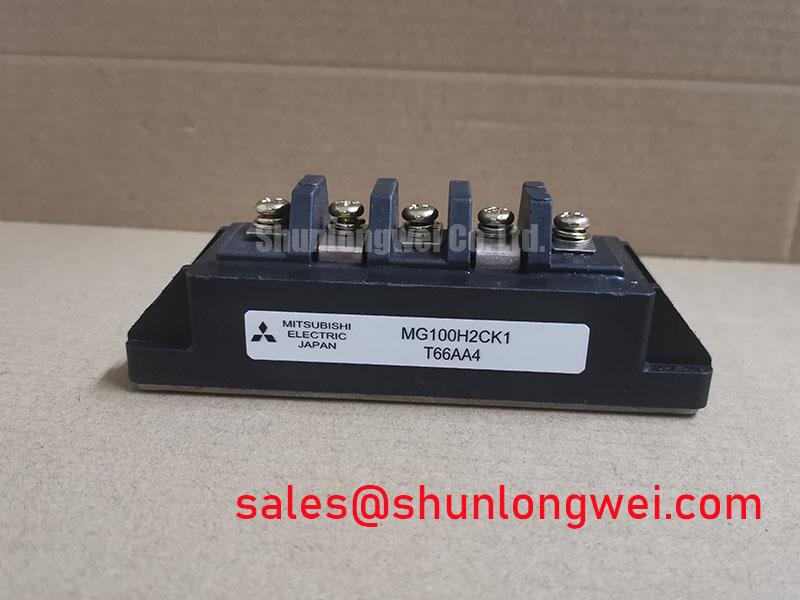Content last revised on November 20, 2025
MG50H2YS1 In-Depth Review: A 600V/50A IGBT Module Engineered for High-Frequency Efficiency
An Engineering Perspective on Performance and Application
The Toshiba MG50H2YS1 is a high-speed N-channel IGBT module designed to minimize total power loss in demanding, high-frequency power conversion systems. With its core specifications of 600V | 50A | VCE(sat) 2.7V (max), this device offers a robust solution delivering tangible benefits in both performance and thermal management. Its key advantages include significantly reduced switching losses and enhanced overall system efficiency. This module directly addresses the engineering challenge of balancing conduction and switching losses in modern power electronics. For high-frequency Switch Mode Power Supply (SMPS) or induction heating systems operating up to and beyond 20 kHz, the MG50H2YS1's sub-microsecond switching times make it a compelling choice for maximizing power density.
Application Scenarios & Value
System-Level Benefits in High-Frequency Power Conversion
The MG50H2YS1 is optimized for applications where switching speed is a critical design parameter. Its performance characteristics make it an excellent fit for high-frequency power conversion topologies that demand efficiency and compact design.
Consider the design of a 15kW high-frequency welding power supply. A primary engineering challenge is managing the heat generated by switching losses, which increase proportionally with frequency. The MG50H2YS1's fast switching characteristics, particularly its typical fall time (tf) of 0.35 µs, directly reduce the turn-off energy loss (Eoff) during each cycle. What defines the MG50H2YS1's efficiency? Its low collector-emitter saturation voltage (VCE(sat)) of 2.7V. This reduction in dissipated energy allows engineers to specify smaller, more cost-effective heatsinks, leading to a higher power density and a more compact end product. This same principle applies to other high-frequency applications like industrial Induction Heating and uninterruptible power supplies (UPS).
While the MG50H2YS1 provides a single, high-speed switching element, designers working on more integrated motor control systems might evaluate Intelligent Power Modules (IPMs). For instance, the 6MBP25VAA120-50 integrates gate drive and protection circuits, offering a different approach for systems prioritizing design simplification over discrete component flexibility.
Key Parameter Overview
Specifications Translated to Engineering Value
The technical specifications of the MG50H2YS1 are not just numbers; they represent tangible engineering advantages that directly influence system performance, reliability, and cost. Below is an interpretation of its most critical parameters.
| Parameter | Value (Tj = 25°C) | Engineering Significance & Value |
|---|---|---|
| Collector-Emitter Voltage (VCES) | 600 V | Provides a sufficient voltage margin for use in 200-240V AC line applications, ensuring reliability against voltage transients. |
| Collector Current (IC) | 50 A | Supports medium-power applications, capable of driving significant loads in motor control or power supply contexts. |
| Collector-Emitter Saturation Voltage (VCE(sat)) | 2.7 V (max) @ IC = 50A | A low VCE(sat) directly translates to lower conduction losses (P = VCE(sat) * IC), which improves overall system efficiency and reduces the thermal load on the heatsink. |
| Fall Time (tf) | 0.35 µs (typ) | This rapid turn-off speed is critical for minimizing Switching Loss, enabling efficient operation at higher frequencies (e.g., >20 kHz). |
| Thermal Resistance (Rth(j-c)) | 1.0 °C/W (IGBT) | Indicates efficient heat transfer from the semiconductor junction to the module's case, a key factor for ensuring long-term reliability and maximizing power handling capability. |
Download the MG50H2YS1 datasheet for detailed specifications and performance curves.
Technical Deep Dive
Analyzing the Balance Between Conduction and Switching Performance
In power electronics design, there is often a trade-off between conduction losses (dominant at low frequencies) and switching losses (dominant at high frequencies). The MG50H2YS1 is engineered to strike an effective balance for high-frequency operation. Its merit lies in combining a respectable VCE(sat) with fast switching dynamics. The total energy loss during a switching cycle is the sum of turn-on loss (Eon), turn-off loss (Eoff), and conduction loss.
The MG50H2YS1's fast turn-on (ton = 0.40 µs) and turn-off (toff = 0.70 µs) times, driven by its internal chip technology and module construction, directly minimize the Eon and Eoff components. To understand this, imagine a water valve. A slow-closing valve allows water to leak and splash (wasting energy) during the closing process. A fast-acting valve, like this IGBT, shuts off almost instantly, minimizing this transitional waste. Over millions of switching cycles per hour in an SMPS, this "energy saved" per switch-off event results in significantly lower operating temperatures and higher efficiency.
Frequently Asked Questions (FAQ) for the MG50H2YS1
How does the MG50H2YS1's VCE(sat) of 2.7V impact thermal design?
A lower VCE(sat) directly reduces the power dissipated as heat during the on-state (conduction phase). For a 50A load, this module dissipates a maximum of 135W (2.7V * 50A). A device with a higher VCE(sat), say 3.0V, would dissipate 150W under the same conditions. This 15W difference means the MG50H2YS1 requires less aggressive heatsinking, potentially allowing for a smaller, lighter, and lower-cost thermal solution.
What is the significance of the 0.35 µs typical fall time (tf) for the MG50H2YS1 switching speed?
The fall time is a major component of the turn-off switching loss. A shorter fall time means the IGBT transitions from a high-current, low-voltage state to a low-current, high-voltage state more quickly. This rapid transition minimizes the time window where both current and voltage are high simultaneously, which is when the highest instantaneous power loss occurs. In applications like high-frequency welding operating above 20 kHz, this parameter is crucial for achieving high efficiency.
Is the integrated free-wheeling diode (FWD) suitable for hard-switching applications?
The datasheet specifies a reverse recovery time (trr) of 0.15 µs for the integrated FWD. This characteristic is indicative of a fast-recovery diode, making it well-suited for handling the freewheeling currents in typical hard-switching converter topologies such as buck or boost converters and motor drive inverters. Its speed helps to reduce the turn-on losses in the complementary IGBT.
What gate drive voltage is recommended for the MG50H2YS1 to ensure optimal performance?
The datasheet specifies the key electrical characteristics, including VCE(sat), with a gate-emitter voltage (VGE) of +15V. Operating at this recommended gate voltage ensures the IGBT is fully saturated (turned on) to achieve the low conduction losses specified. A lower gate voltage would result in higher VCE(sat) and increased power dissipation.
How does the module's thermal resistance (Rth(j-c)) of 1.0 °C/W influence maximum power dissipation?
The thermal resistance from junction to case (Rth(j-c)) dictates how effectively heat can be removed from the active silicon. It means that for every watt of power dissipated, the IGBT junction temperature will rise by 1.0°C above the module's case temperature. A lower Rth(j-c) value is always better. This figure is a critical input for thermal simulations, helping engineers calculate the required heatsink performance to keep the junction temperature below its maximum rating (150°C) under worst-case operating conditions.
An Engineer's Closing Assessment
The Toshiba MG50H2YS1 presents itself not just as a component, but as a problem-solving tool for the power design engineer. It is a purpose-built device for applications where the battle against power losses at high frequencies dictates the final system's size, cost, and efficiency. By providing a low-loss switching characteristic in a standard, reliable package, it enables the development of more compact and efficient power conversion systems. Its value is most evident when designers can leverage its speed to shrink passive components and thermal hardware, delivering a tangible competitive advantage at the system level.

